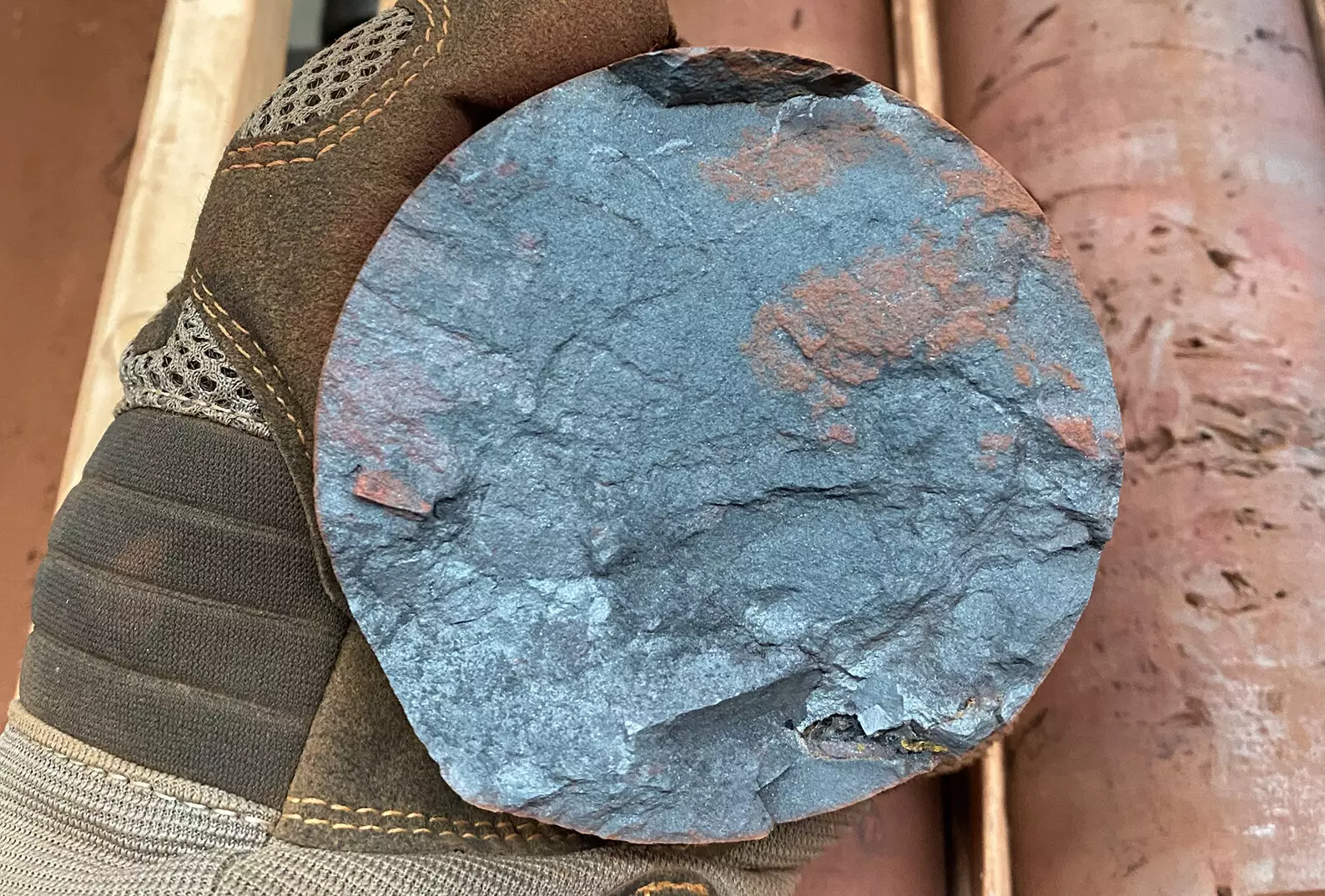Recent research spearheaded by Curtin University has dramatically altered our understanding of the chronology surrounding Earth’s most significant iron ore deposits in the Hamersley Province of Western Australia. Previously thought to have formed around 2.2 billion years ago, these deposits have now been accurately dated to between 1.1 and 1.4 billion years ago. This one-billion-year discrepancy opens new avenues for exploration and challenges long-held assumptions within the geological community. By utilizing advanced geochronology techniques, researchers have demonstrated the crucial role of geological timelines in understanding resource formation and distribution.
Importance of the New Geological Paradigm
Lead researcher Dr. Liam Courtney-Davies, formerly of Curtin University’s John de Laeter Centre and currently affiliated with the University of Colorado, Boulder, emphasizes that the deposits are associated with significant geological events, such as the fragmentation of supercontinents. This connection indicates that intense geological activity likely catalyzed the formation of iron-rich rocks in the Pilbara region. Rather than just being geological phenomena, these deposits are now seen as historical narrators of Earth’s tectonic saga. This insightful understanding could revolutionize predictive models for resource exploration, inviting a paradigm shift in how geologists approach mineral deposits.
Insights from Banded Iron Formations (BIFs)
A cornerstone of the research involves banded iron formations (BIFs)—underwater layers of iron-rich rock that have held the key to understanding the ancient Earth’s geology. Associate Professor Martin Daniški, another contributor to the study, highlights the clarity this research brings to previously murky timelines. By accurately dating these formations, the study sheds light on essential elements of Earth’s history, including how iron content has evolved over billions of years. The findings reveal that the transformation of BIFs from approximately 30% iron to over 60% iron is not just a simple evolution but part of a complex interplay of geological processes.
Implications for Future Exploration
Given that Western Australia is the world’s leading producer of iron ore and a crucial contributor to Australia’s economy—generating $131 billion last financial year—the timing of these discoveries could not be more opportune. The insights from this research may enhance the search strategies employed by mining companies, particularly as global demand for iron ore continues to rise. By revisiting areas previously thought to be less prospective based on outdated timelines, companies like Rio Tinto and collaborative research efforts with CSIRO Mineral Resources could uncover significant new reserves.
Overall, the findings from Curtin University expand our understanding of Earth’s history while underscoring the importance of precise scientific techniques in geological research. The revelations regarding the age of the Hamersley iron ore deposits not only challenge existing geological models but also reshuffle the cards in the search for mineral resources. As researchers continue to unravel the intricate relationship between geological events and mineral formation, the future of exploration looks promising, with the potential to reshape economies and industries on a global scale.


Leave a Reply